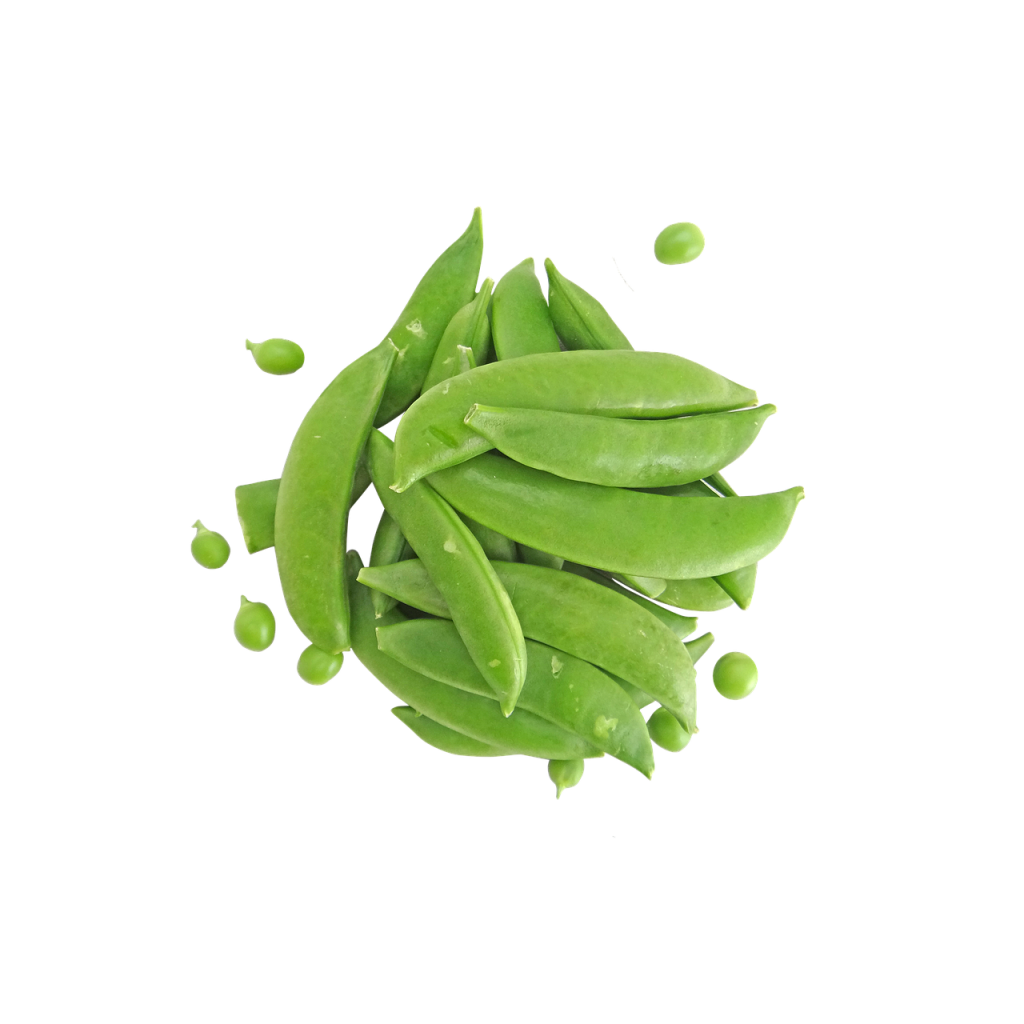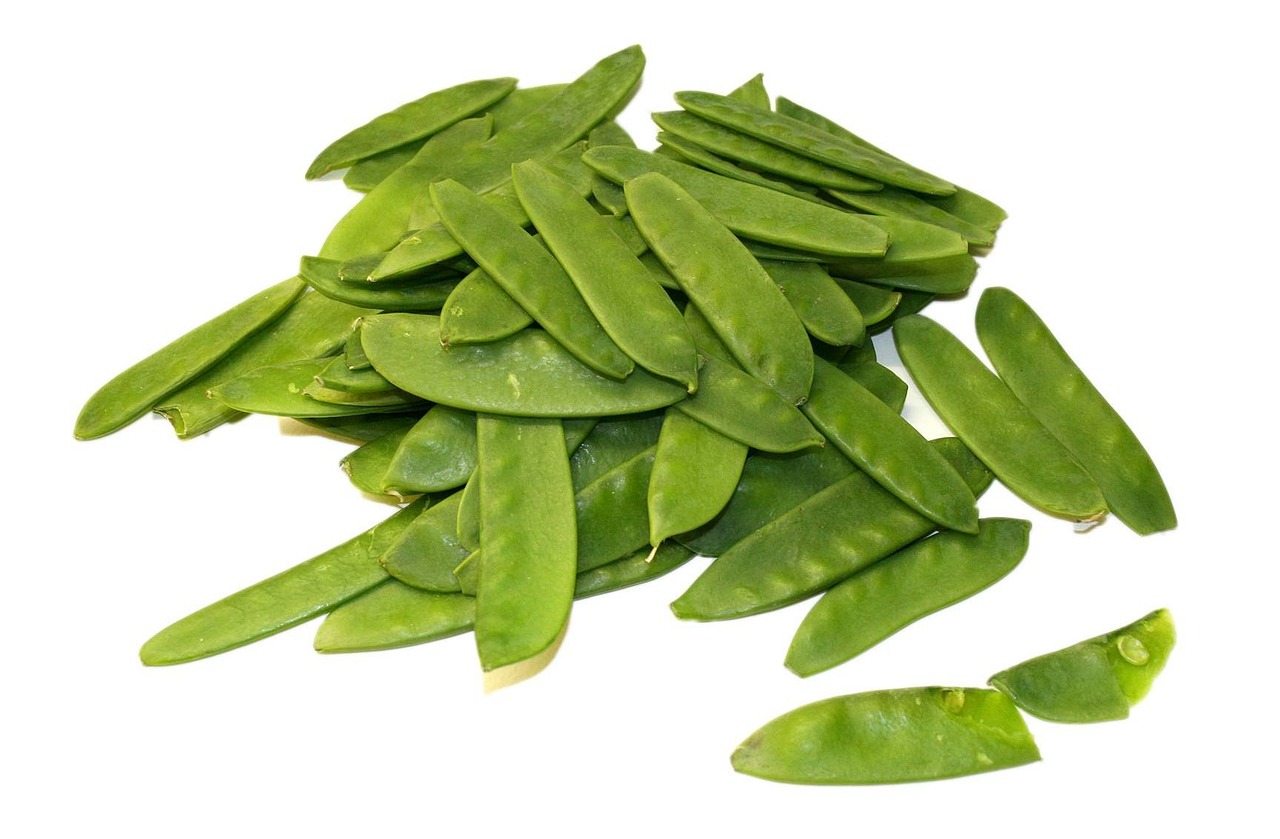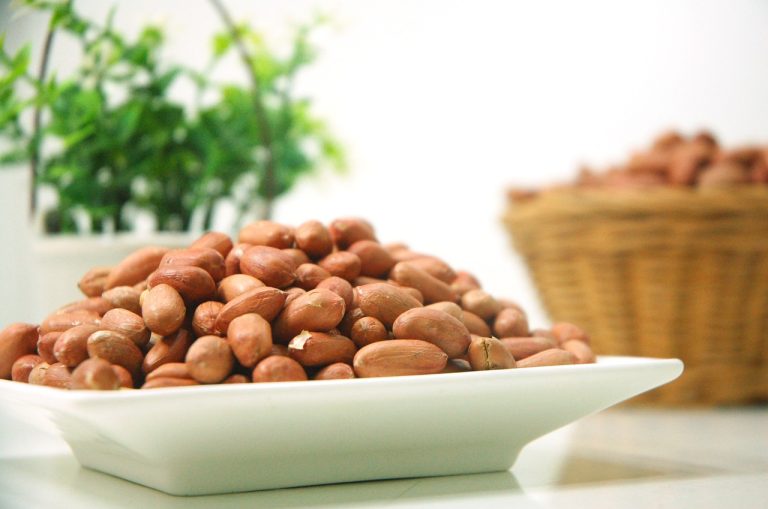Are Snow Peas Low FODMAP? Your Guide to a Low-FODMAP Diet
Are snow peas low FODMAP? If you’re following a low FODMAP diet, you may be wondering if you can include snow peas in your meals. Snow peas are a type of legume that are commonly used in Asian cuisine and are a good source of fiber, protein, and vitamins.
While snow peas are not completely free of FODMAPs, they are considered low in FODMAPs if you limit your serving size. In short, snow peas can be included in small amounts in a low FODMAP diet.
Let us understand this topic in detail.
What Are Snow Peas? Are Snow Peas Low FODMAP?

Snow peas, also known as Chinese pea pods, are a type of legume that is commonly used in Asian cuisine. They are a member of the pea family and have a sweet and crunchy taste. Snow peas are low in calories and high in nutrients, making them a healthy addition to any diet.
Snow peas are flat and have a bright green color. They are similar in appearance to snap peas, but snow peas are flatter and have a thinner pod. The peas inside the pod are small and underdeveloped, making them edible along with the pod.
Nutritional Content of Snow Peas
Snow peas are a good source of vitamin C, vitamin A, and folate. They also contain fiber, potassium, and iron. Snow peas are also low in FODMAPs, making them a good choice for those following a low FODMAP diet.
Here’s a nutrition table for a serving of snow peas:
| Nutrient | Amount |
|---|---|
| Calories | 23 |
| Carbohydrates | 4.2 g |
| Fiber | 1.5 g |
| Protein | 1.8 g |
| Fat | 0.2 g |
As you can see, snow peas are low in calories and carbohydrates but high in fiber and protein. They’re also a good source of vitamins and minerals, including vitamin C, vitamin K, and folate.
FODMAP Content of Snow Peas
A serving size of snow peas is 75 grams or about 1/2 cup. In this serving, snow peas contain only small amounts of FODMAPs, including fructose and excess fructose. As such, they are considered low FODMAP and should be well tolerated by most people on a low FODMAP diet.
If you’re concerned about the FODMAP content of snow peas, here’s a table showing the glucose, fructose, and excess fructose content per serving suggestion:
| Sugar | Amount |
|---|---|
| Glucose | 0.9 g |
| Fructose | 0.7 g |
| Excess Fructose | 0.0 g |
As you can see, snow peas are low in fructose and excess fructose, making them a safe choice for people on a low FODMAP diet. However, if you’re particularly sensitive to FODMAPs, you may want to limit your serving size to ensure that you don’t exceed your tolerance level.
Overall, snow peas are a great low FODMAP vegetable that can be enjoyed in moderation as part of a balanced diet. Just be sure to stick to the recommended serving size to avoid any potential digestive issues.
Health Benefits of Snow Peas

Snow peas are a great addition to any diet, especially if you are following a low FODMAP diet. Here are some health benefits of snow peas that you should be aware of:
Rich in Vitamin C
Snow peas are an excellent source of vitamin C, which is essential for a healthy immune system. Vitamin C also helps in the production of collagen, which is important for healthy skin, bones, and muscles.
Good for Your Heart
Snow peas are a good source of potassium, which is essential for maintaining a healthy heart. Potassium helps to regulate blood pressure and prevent heart disease.
Helps with Digestion
Snow peas are high in fiber, which helps to promote healthy digestion. Fiber helps to keep your digestive system running smoothly and prevents constipation.
Low in Calories
Besides being low FODMAP, snow peas are low in calories, which makes them a great option for people who are trying to lose weight. They are also low in fat and cholesterol, which makes them heart-healthy food.
How to Include Snow Peas in a Low FODMAP Diet

Here are a few ways you can include snow peas in your low FODMAP diet:
Add them to stir-fries
Snow peas are a great addition to stir-fries and can add a nice crunch to your meal. Just be sure to limit your serving size to 10 pods (or 75 grams) to stay within the low FODMAP limit.
Use them in salads
Snow peas can also be a tasty addition to your salads. Just be sure to limit your serving size to 10 pods (or 75 grams) to stay within the low FODMAP limit. You can also pair them with other low FODMAP vegetables like lettuce, cucumber, and carrots.
Enjoy them as a snack
If you’re looking for a low FODMAP snack, snow peas can be a great option. Just be sure to limit your serving size to 10 pods (or 75 grams) to stay within the low FODMAP limit. You can also pair them with a low FODMAP dip like hummus or a simple olive oil and vinegar dressing.
Related: Is Celery Low FODMAP
Potential Risks of Consuming Snow Peas on a Low FODMAP Diet

While they are generally considered a healthy food, snow peas may not be suitable for everyone on a low FODMAP diet.
Fructans
Snow peas contain fructans, which are a type of carbohydrate that can be difficult for some people to digest. Fructans are considered a FODMAP, which stands for Fermentable Oligosaccharides, Disaccharides, Monosaccharides, and Polyols.
These are types of carbohydrates that are poorly absorbed by the small intestine and can cause digestive symptoms such as bloating, gas, and diarrhea.
Serving Size
If you are following a strict low FODMAP diet, it is recommended that you limit your intake of snow peas to no more than 10 pods (75g) per serving. This is because snow peas contain a moderate amount of fructans, which can add up quickly if you eat too many.
However, it is important to note that not everyone will react to snow peas in the same way. Some people may be able to tolerate larger amounts of snow peas on a low FODMAP diet, while others may need to avoid them altogether.
Frequently Asked Questions
Are sugar snap peas low FODMAP?
Sugar snap peas are considered low FODMAP in small servings. According to a study published in the Journal of Gastroenterology and Hepatology, sugar snap peas contain moderate amounts of oligosaccharides.
These are FODMAPs that can cause digestive discomfort in some people. However, the recommended serving size is 75 grams, or about 5 pods. Eating larger amounts may increase the FODMAP content and trigger symptoms.
Which peas are low FODMAP?
Snow peas and sugar snap peas are low FODMAP in small servings. According to Monash University’s FODMAP app, a 75-gram serving of snow peas or sugar snap peas is considered low FODMAP. However, green peas and split peas are high in FODMAPs and should be avoided or limited on a low FODMAP diet.
Are green peas low FODMAP?
Green peas are high in FODMAPs and should be avoided or limited on a low FODMAP diet. According to Monash University’s FODMAP app, a 75-gram serving of green peas contains moderate amounts of oligosaccharides, which are FODMAPs that can cause digestive discomfort in some people.
Can I eat frozen peas on a low FODMAP diet?
Yes, you can eat frozen peas on a low FODMAP diet. According to Monash University’s FODMAP app, a 75-gram serving of frozen peas is considered low FODMAP. However, be sure to check the ingredient list on the package to make sure that no high FODMAP ingredients have been added.
Conclusion – Are Snow Peas Low FODMAP?
Based on the search results, snow peas are considered low FODMAP and can be consumed in moderation as part of a low FODMAP diet.
If you are following a low FODMAP diet, it is important to be mindful of your portion sizes and to avoid consuming large amounts of snow peas at once, as this can increase your intake of FODMAPs. It is recommended to limit your serving size to about 10 snow peas per meal to keep your FODMAP intake within the recommended limits.

Jane Porter is an architect that like many others, had her life significantly impacted by digestive problems for many year. Trying to find a solution to her digestive problem, she came across the low FODMAP diet, a scientifically-backed approach designed to alleviate symptoms associated with irritable bowel syndrome (IBS) and other digestive disorders.



